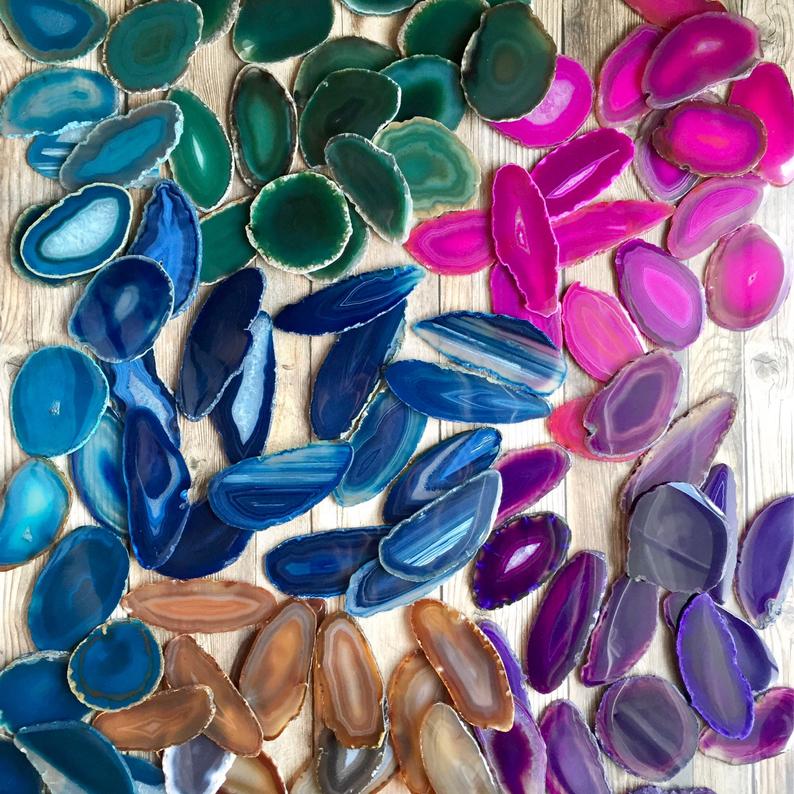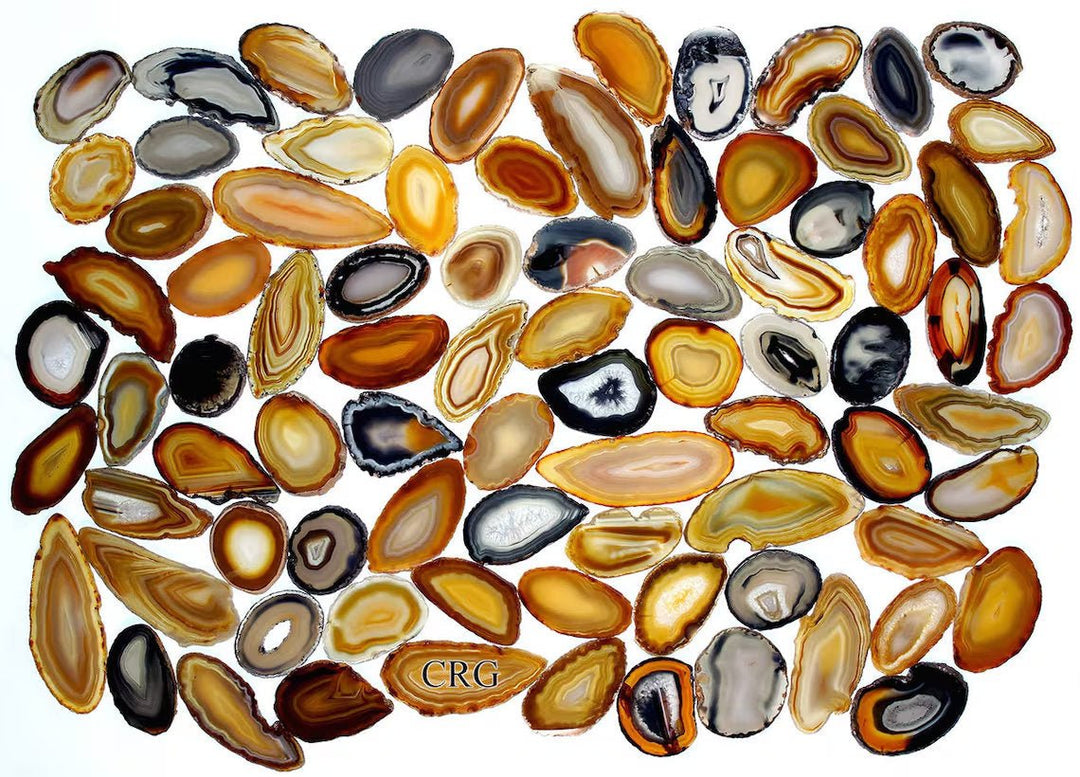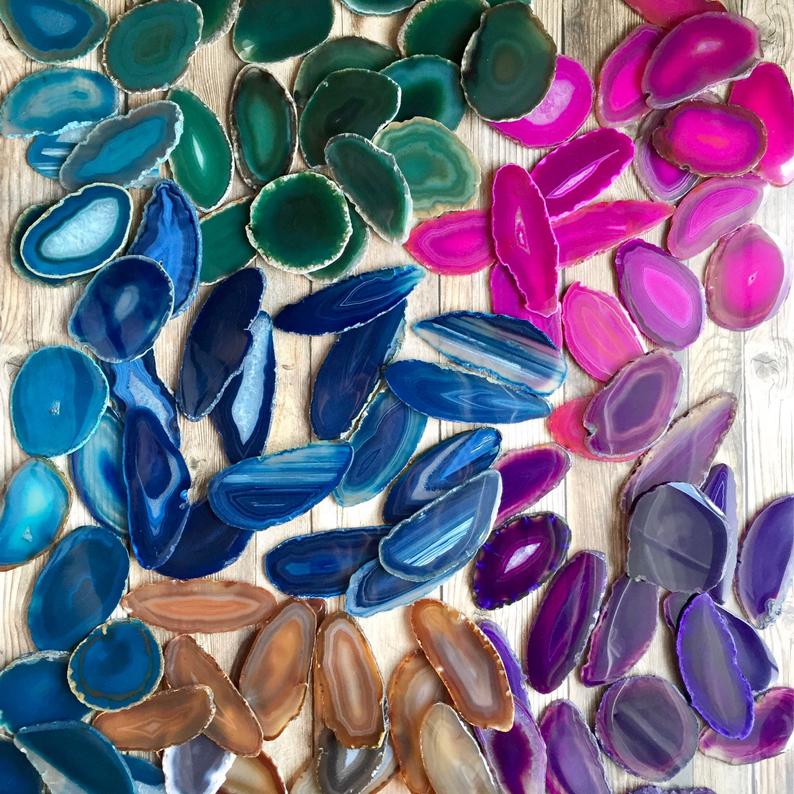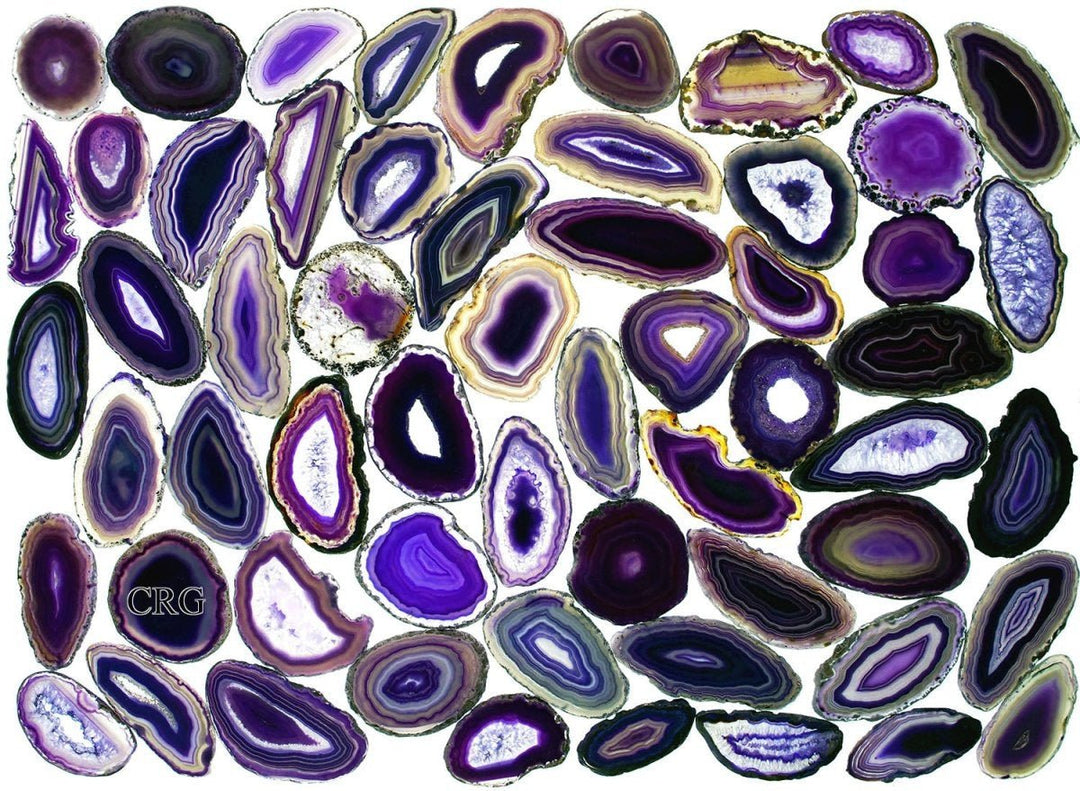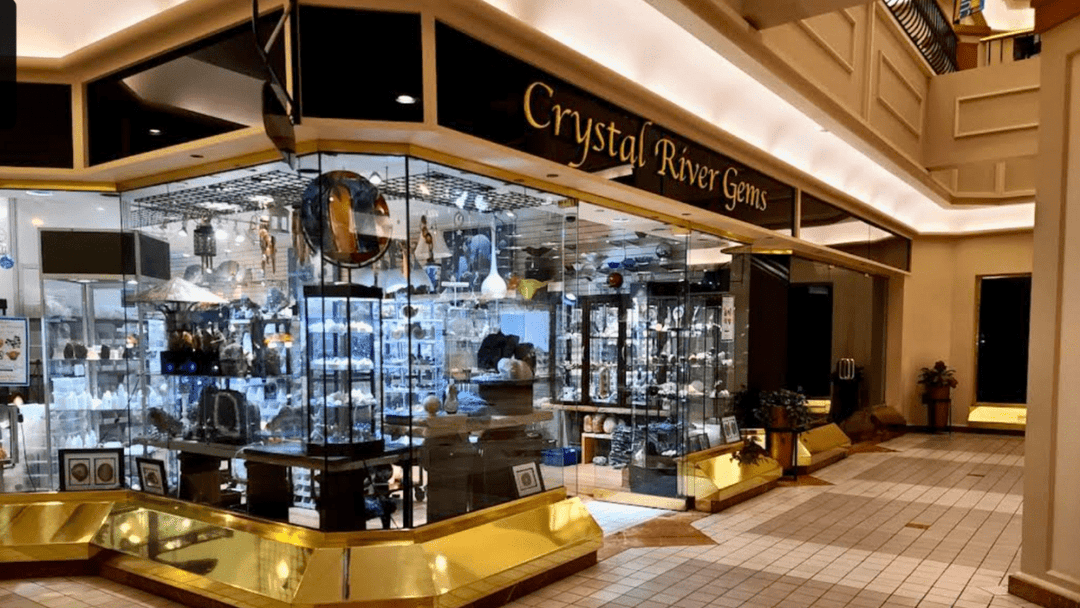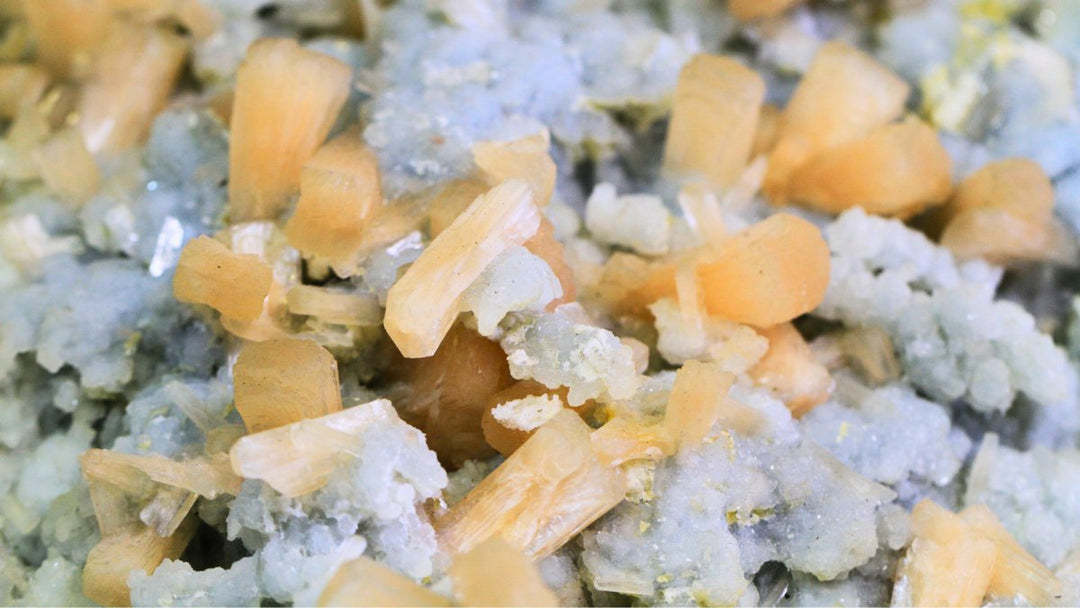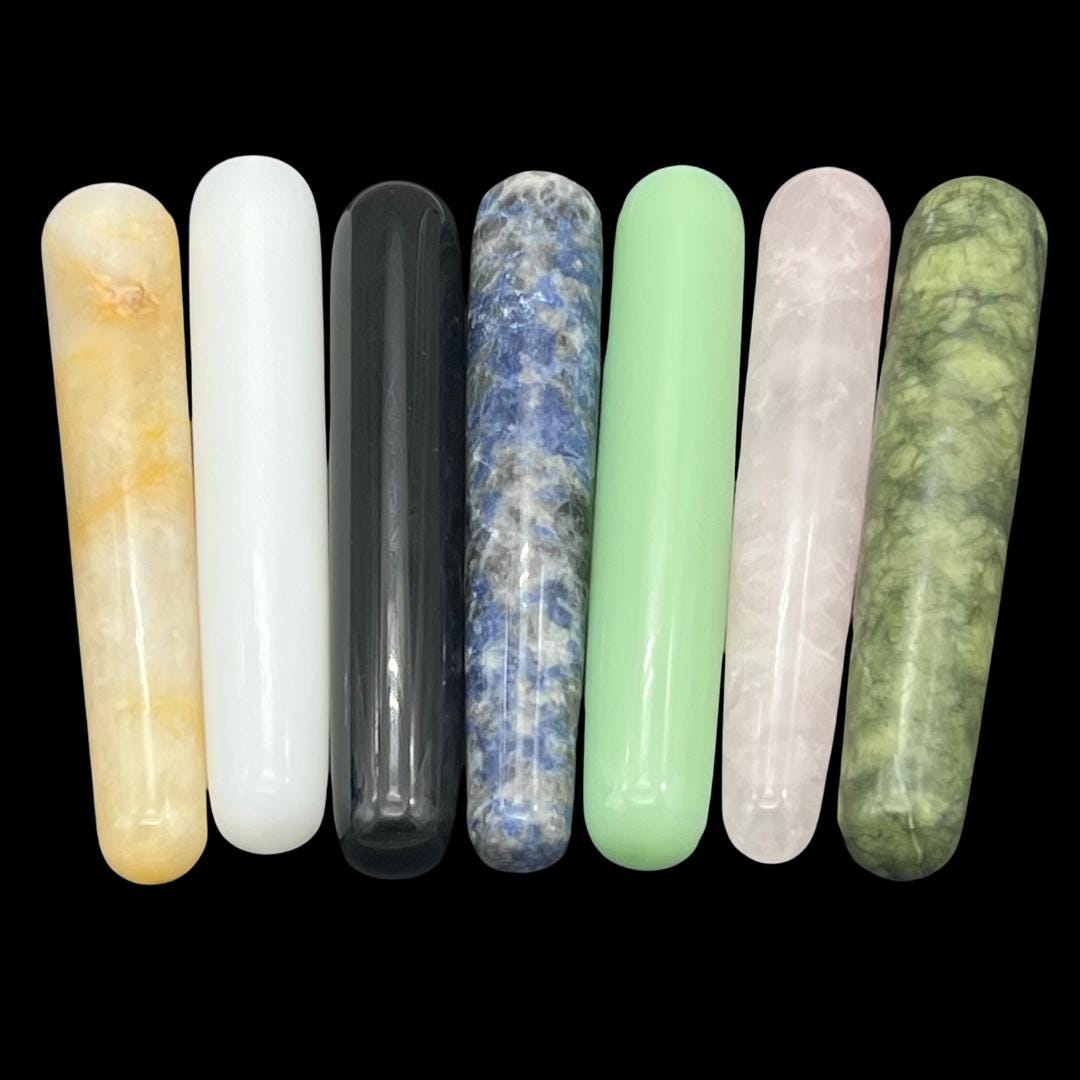What is the difference between selenite and satin spar? How can we tell them apart? Satin spar and selenite are two of the most frequently-confused crystals on the market. But fear not! We’ll tell you everything you need to know about these two gorgeous types of gypsum.
First, are selenite and satin spar the same? Yes and no. While they are technically the same mineral, with a chemical composition of CaSO4·2H2O, they crystallize differently from each other and exhibit distinct physical properties. Many crystal businesses market both as “selenite” because when customers are looking for selenite, they often expect to see what is actually satin spar. Since the two are simply different expressions of gypsum, categorizing both under the label of “selenite” is not wholly incorrect. Still, in the spirit of furthering crystal education, we'll explain the differences and similarities between them.

Let’s start with the differences. When gypsum manifests in satin spar, it shows a silky chatoyancy and is not transparent unless viewed at a specific angle. Satin spar is usually white with a pearly or milky appearance. Its crystal habit is fibrous, showing many needle-like crystals stacked parallel to each other. It is found as thin layers in beds of rock gypsum and certain kinds of shale. By contrast, selenite is known for its transparent to translucent appearance and has flat, diamond-shaped crystals that can be split into thin sheets. Selenite usually presents a glass-like luster instead of the silky chatoyancy of satin spar. Selenite is commonly found attached to a matrix or base rock, but can also be found as entire free-floating crystals that can reach enormous sizes. In fact, there is a Cave of Crystals (Cueva de los Cristales) in Chihuahua, Mexico that houses some of the largest selenite crystals in the world. These specimens grow up to 40 feet tall and weigh as much as 55 tons. They are estimated to be 500,000 years old.


The similarities between satin spar and selenite are abundant. Beyond being composed of the same chemical formula, they both possess a moon-like glow when polished or exposed to light. Such a glow inspired the name “selenite,” which was derived from the Greek word for “moon.” (In the Greek pantheon, the goddess Selene is actually the personification of the moon!) Both types of gypsum also score a 2 on the Mohs hardness scale and can be easily scratched with a fingernail. Specimens should be handled with care to avoid breaking their fragile structure. Yet another similarity is that selenite and satin spar are known as “evaporites,” meaning they precipitate out of water as the water evaporates. But take care not to get them wet—even a little water can damage these crystals.
Be it selenite or satin spar, we are astounded when we see the lunar radiance of a gypsum specimen. Just like the moon, these crystals at first appear to glow with an inner light, yet they are merely catching and reflecting the light that shines upon them. They therefore offer us light in a new way; they take it and transform it, offering it back to us as a substance of tranquility. The moon often evokes peaceful, gentle feelings that guide us through dark nights. So too, perhaps, can satin spar and selenite.




